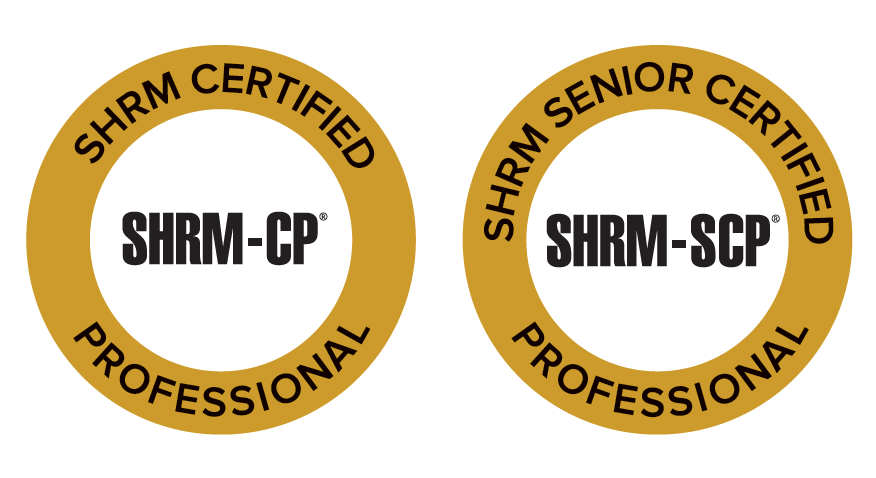Inspirational journeys
Follow the stories of academics and their research expeditions
Navigating the Organization

HR leaders create value through both routine HR services and special initiatives. To succeed, they must understand the organization’s structure and secure support from key stakeholders. Effective leadership in HR involves influencing rather than commanding, adapting communication styles, and aligning actions with organizational goals.
Competency Connection: Leadership & Navigation
A former military officer transitioning into an HR management role initially struggled with private industry expectations. Accustomed to giving orders, he had to shift to a consultative approach, focusing on influence rather than authority. After feeling ignored by leadership, he sought advice from his HR VP, who emphasized HR’s role in guiding leadership toward company goals while mitigating risks. The key lesson was learning to "navigate and influence without saying 'no.'" This shift improved his relationships and job satisfaction.
Learning the Organization
To navigate effectively, HR leaders—especially new hires or those in new leadership roles—must understand both the formal and informal structures of their organization.
Formal Organization: Documented in policies, org charts, and mission statements. It includes:
Hierarchy & Reporting Lines – Understanding managerial levels and responsibilities.
Decision-Making Process – Whether decisions require multiple approvals, committee input, or senior management sign-off.
Funding Process – Whether initiatives need budget approval or separate funding.
Strategy, Mission & Values – Aligning HR initiatives with company objectives increases success chances.
Historical & External Influences – Past failures, market conditions, or competition may shape leadership’s risk tolerance.
Informal Organization: Unwritten norms and behaviors (e.g., treating colleagues as internal customers). Ideally, it aligns with formal values (e.g., collaboration in a customer-centric company).
Influencing & Persuasion
HR leaders must advocate for evidence-based solutions and inspire stakeholders to support strategic goals. Key proficiency indicators include:
Speaking up on critical issues despite risks.
Building credibility as an HR expert.
Influencing executives and employees to pursue long-term goals.
Influence Techniques:
Personal appeal – Leveraging relationships.
Coalition-building – Gaining allies.
Rational persuasion – Using logic and data.
Leading by example – Demonstrating commitment.
Types of Power (French & Raven’s Model)
Understanding power dynamics helps HR leaders influence effectively:
Legitimate Power – Authority from a formal position.
Reward Power – Ability to offer incentives (e.g., promotions).
Expert Power – Influence from knowledge and experience.
Referent Power – Charisma and likability.
Coercive Power – Ability to enforce penalties (least effective long-term).
Conclusion
Successful HR leadership requires strategic navigation, influence, and adaptability. By understanding organizational structures, leveraging appropriate power, and aligning initiatives with company goals, HR professionals can drive meaningful impact while fostering collaboration and trust.
0 Comments
Categories
Recent posts
Navigating the Organization
Fri, 18 Apr 2025

SHRM Topic - Leadership
Thu, 17 Apr 2025




Leave a comment